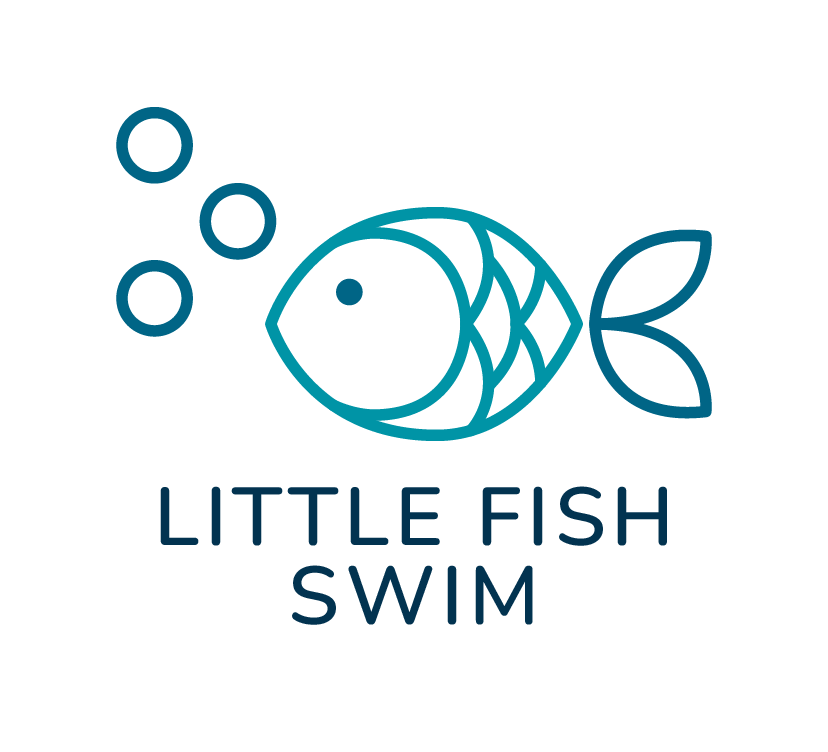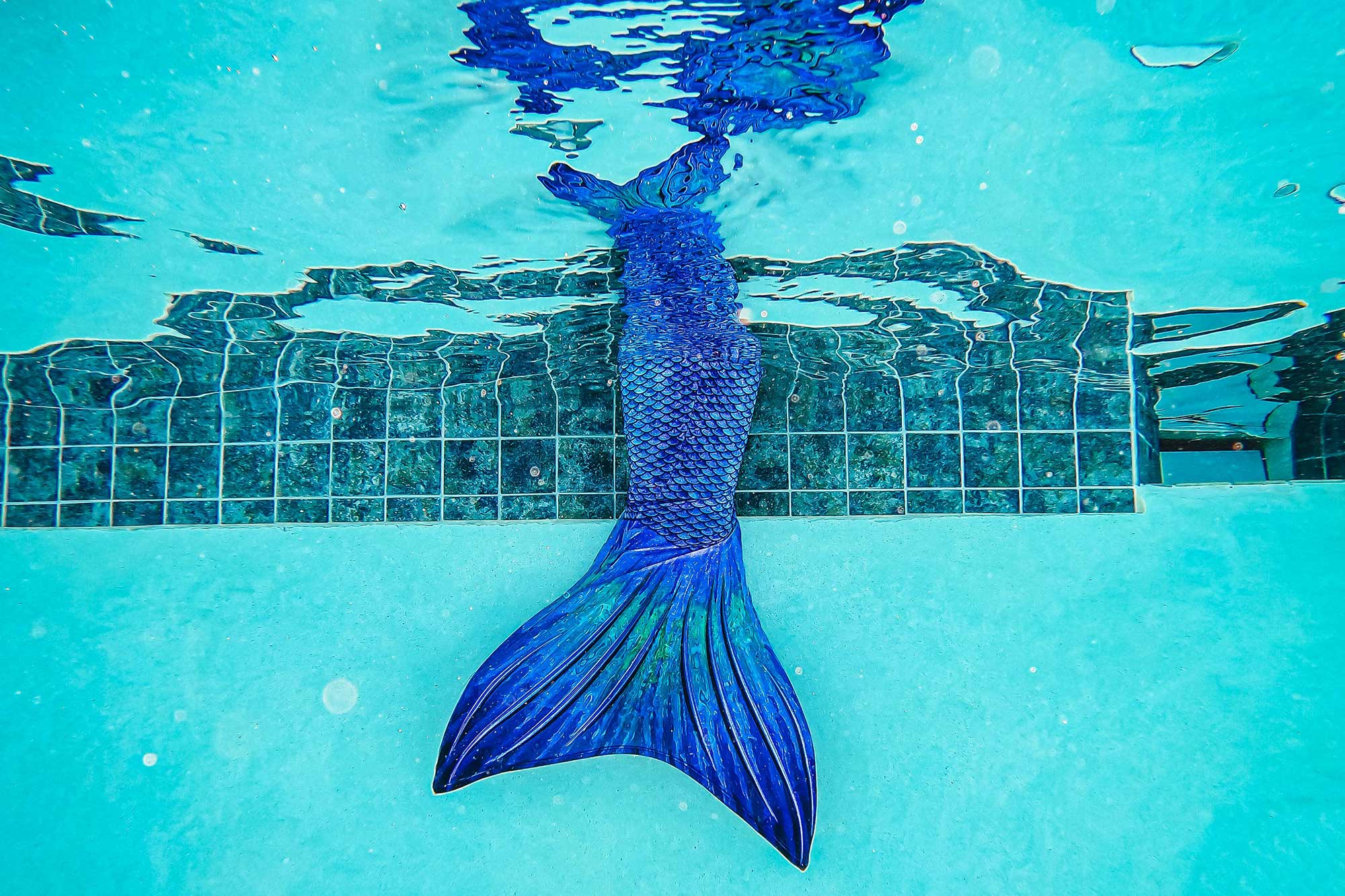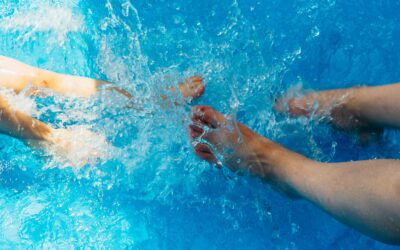Drowning is one of the leading causes of accidental death in young children, and it can happen quickly and silently. At Little Fish Swim, we specialize in survival swim lessons that teach children how to float and save themselves in the water, but the first line of defense is always proactive safety at home. Whether you have a backyard pool, live near water, or simply want to be prepared, here are essential steps to keep your child safe.
1. Constant Supervision is Key
No safety measure replaces active supervision. Children can drown in as little as a few inches of water, so always keep an eye on them when they are near any body of water—including bathtubs, kiddie pools, and even buckets. Designate a “water watcher” when kids are swimming, and avoid distractions like phones or conversations that take your attention away.
2. Teach Survival Swim Skills Early
Traditional swim lessons focus on strokes and play-based learning, but survival swim training equips children with essential life-saving skills. Our program teaches infants and toddlers how to roll onto their backs, float, and breathe if they fall into the water. These skills give children the ability to survive long enough for help to arrive, reducing the risk of drowning significantly.
3. Secure All Water Areas
If you have a pool, install multiple layers of protection:
- Pool fences should be at least four feet high with self-latching gates.
- Alarms on doors, windows, and the pool itself can alert you if a child enters the area unsupervised.
- Covers should fully enclose pools and hot tubs when not in use.
- Even if you don’t have a pool, be mindful of other drowning hazards like bathtubs, toilets, and even pet water bowls for infants and toddlers.
4. Practice Safe Water Habits
Teach children that they should never go near water without an adult’s permission. This includes pools, lakes, and even fountains. Encourage safe habits, like always entering feet-first, staying away from pool drains, and never running near water.
5. Be Prepared for Emergencies
Even with precautions, accidents can happen. Knowing how to respond quickly can save a life. Every parent and caregiver should:
- Learn CPR and basic water rescue skills—seconds count in a drowning emergency.
- Keep a phone nearby when children are in or near water.
- Have a safety plan that includes emergency numbers and access to flotation devices.
Survival Swimming: The Ultimate Safety Tool
The best way to protect your child is through a combination of barriers, supervision, and self-rescue skills. At Little Fish Swim, we focus on teaching young children how to survive if they ever find themselves in the water alone. While no single measure can prevent drowning entirely, giving your child the ability to float and breathe independently is one of the most powerful tools in water safety.
By implementing these safety measures and enrolling your child in survival swim lessons, you’re taking proactive steps to prevent tragedy and build a lifelong foundation of water confidence. Let’s work together to keep your child safe—both in and out of the pool!



